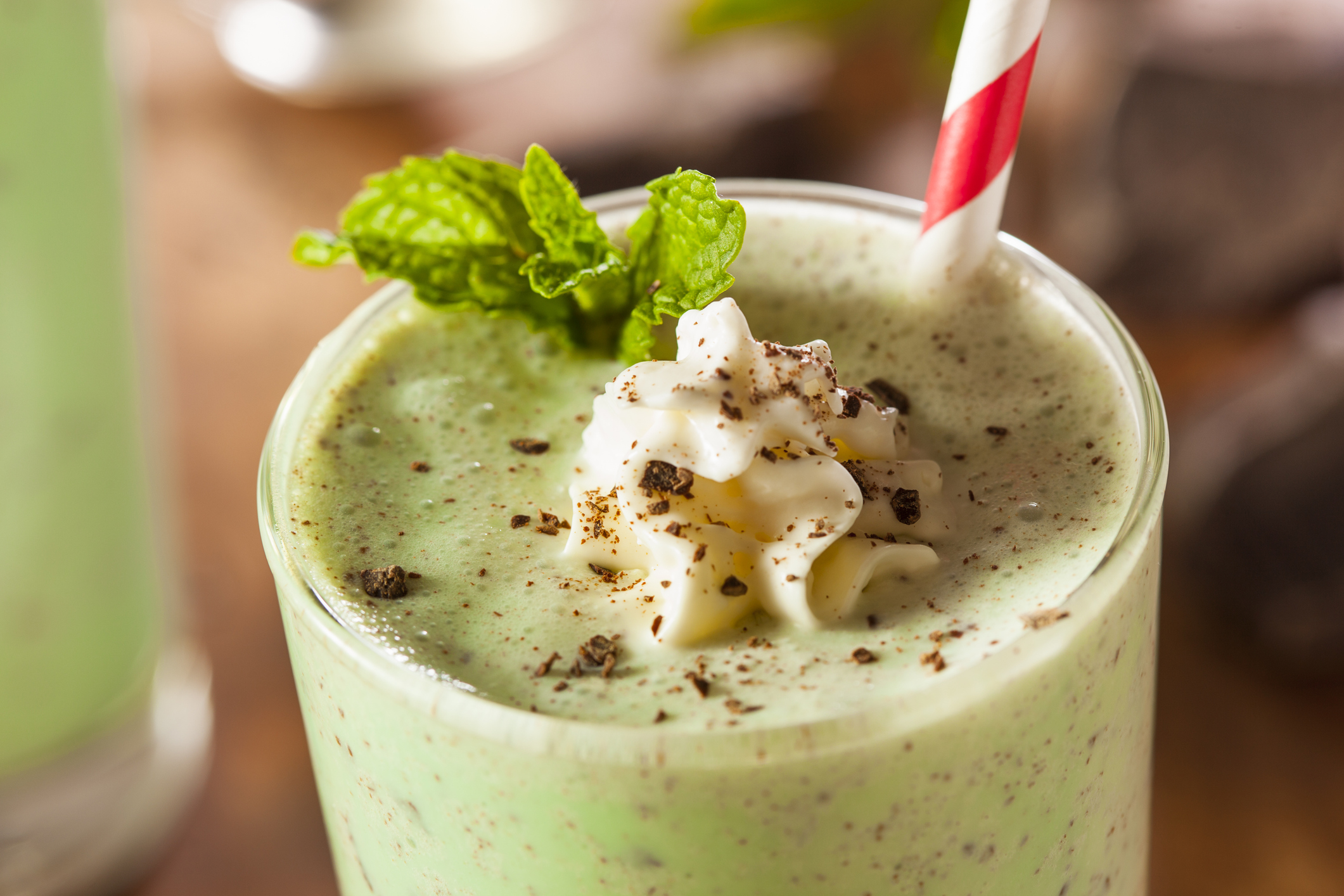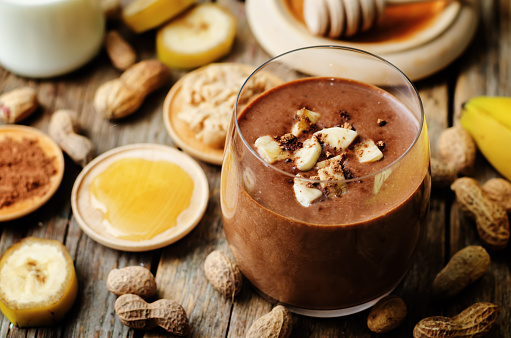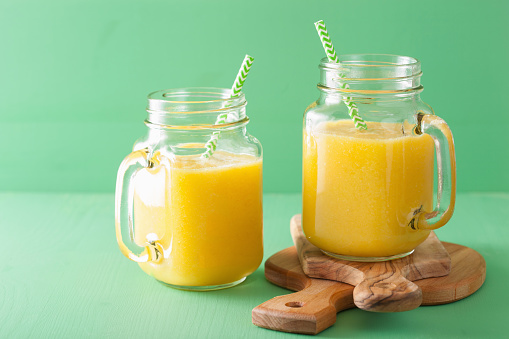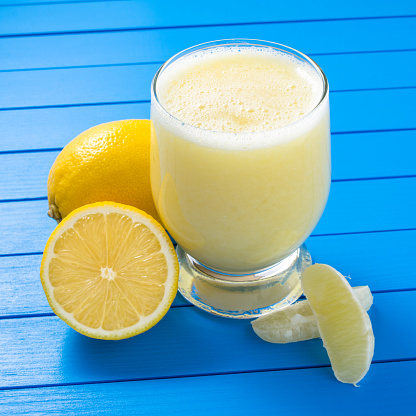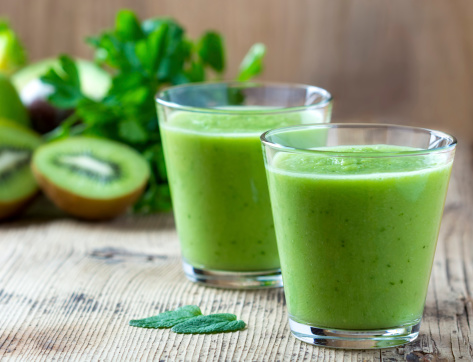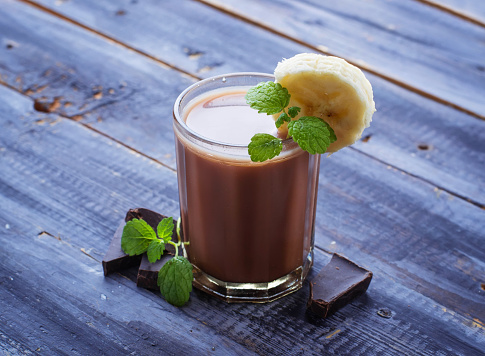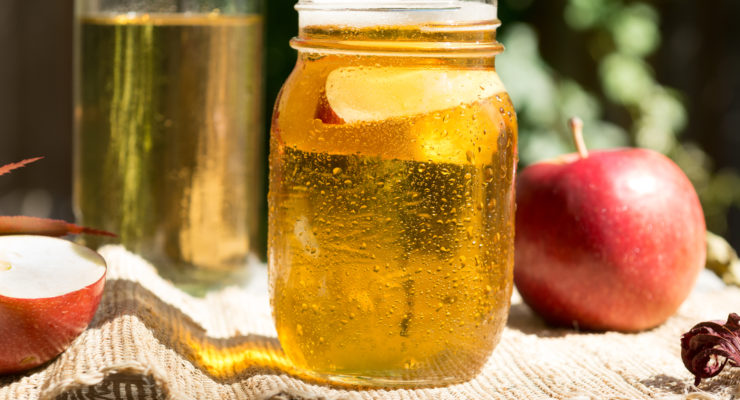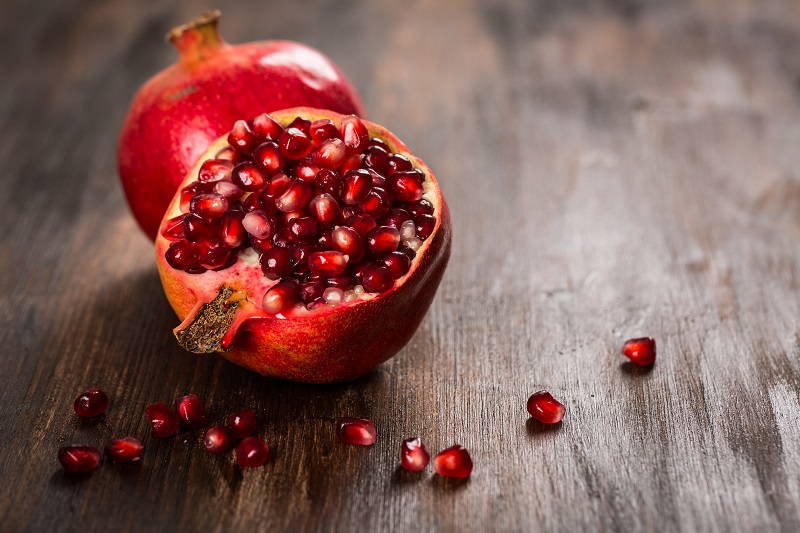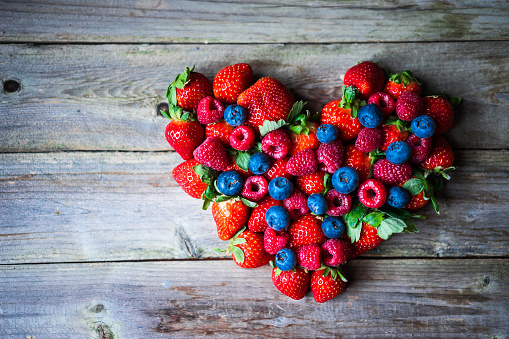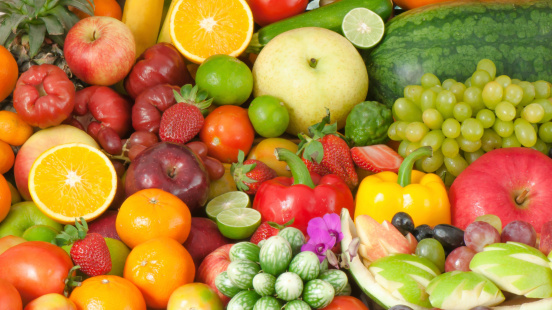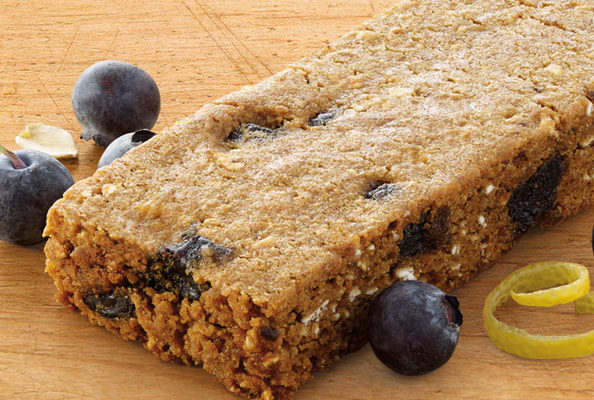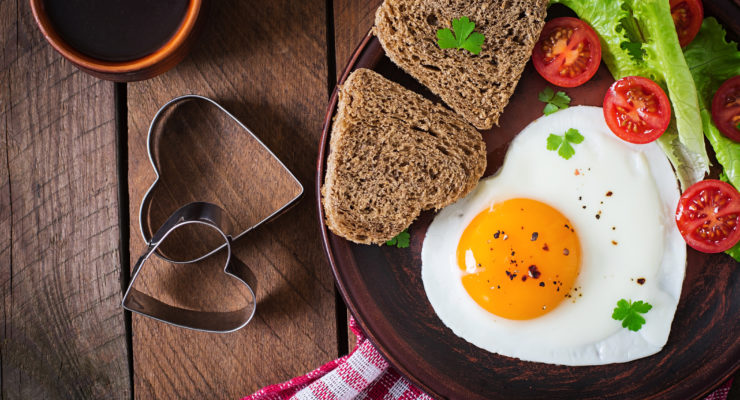12 Healthy Winter Squash Recipes to Squash Your Hunger
It’s winter so it must be winter squash season!
The produce section of your supermarket is stacked with acorn, butternut and spaghetti squash. These low-calorie but nutrient-dense vegetables (a misnomer because, like tomatoes, they’re actually fruit) can fill you up while delivering abundant quantities of fiber, vitamin A, potassium, magnesium and plant chemicals that may help you fight diabetes, heart disease and cancer, says Harvard T.H. Chan School of Public Health.
While summer squash is lightly flavored and watery, winter squash has a rich nutty flavor and, in the case of butternut and acorn squash, a creamy texture that’s oh-so-satisfying. If you’re following a low-carb diet, you might be wondering if winter squash is approved. It can be, it just depends on how you prepare the squash! Luckily, we’ve included plenty of low-carb options in this round up.
Here are 12 recipes that are easy to make and so flavorful, you’ll be making winter squash even beyond the winter season. Make sure to log everything in your NuMi app to stay on track!
1. Instant Pot Turkey Butternut Squash Soup >
In about 30 minutes, you can dig into this flavorful soup that packs a kick, thanks to jalapeno, ginger, black pepper and curry powder. Butternut squash and light coconut milk supply the creamy texture. This is really the soup that eats like a meal, with shredded cooked turkey, spinach, parsnip, onion and garlic in a base of chicken broth. It’s restaurant quality, but made at home.
The recipe makes 4 servings, at 290 calories each. On Nutrisystem, this soup counts as 1 SmartCarb, 1PowerFuel, 3 Extras and 1 Vegetable.
2. Butternut Squash Turkey Chili >
A cold winter night calls for a steaming bowl of chili and this one is ultra-satisfying.
Three cups of butternut squash contribute the creamy texture in this recipe that combines ground turkey with onion, garlic, bell and Serrano peppers, diced tomatoes, beans, cumin, cayenne, paprika and chili powder in a chicken broth base. And it all happens in one pot.
This generous recipe makes 6 one-cup servings and counts as 1 SmartCarb, 1 PowerFuel, 1 Extra and 1 Vegetable.
3. Air Fryer Italian Spaghetti Squash >
Spaghetti squash has revolutionized low-carb eating by subbing for pasta in your favorite Italian dishes. And the Air Fryer? It’s made eating “fried food” perfectly diet-friendly because it quickly delivers the taste and texture of fried food with little or no oil—and, despite the name, no frying!
This recipe calls for one spaghetti squash, so-called because of its fibrous strings that mimic pasta, with ready-to-use marinara sauce, ricotta cheese, shredded mozzarella and spinach spiced with oregano or one or more of your favorite Italian herbs and spices. It’s easy, too. Once you cook the squash in the air fryer, you remove the “pasta,” mix with your other ingredients, then return it to hollowed out squash and return to the air fryer to melt mozzarella on top.
One serving is only 253 calories and counts as 1 PowerFuel, 2 Extras and 2 Vegetables.
4. Maple Cinnamon Butternut Squash >
Side dish or dessert? You decide. This is a natural pairing—creamy butternut squash with maple syrup (sugar-free), nutmeg and cinnamon. The squash is roasted which brings out its inherent sweetness. One serving is only 110 calories and counts as 1 SmartCarb and 1 Extra.
5. Sweet & Savory Spaghetti Squash Bowl >
You can’t eat as much pasta as you want but you can go back for more if you’re having spaghetti squash. Since it’s non-starchy, it’s on the “unlimited” list. This knockout recipe pairs spaghetti squash with sautéed sweet potato cubes for a double dose of vitamin A and cancer-fighting flavonoids. Joining in the fun: creamy goat cheese, cinnamon, sage and honey. If you’re a big fan of sweet and savory, you’re going to love this dish, which delivers plenty of taste and satisfaction at only 288 calories. The recipe makes two servings, which count as 1 SmartCarb, 1 PowerFuel, 3 Extras and 1 Vegetable each.
6. Maple Roasted Acorn Squash with Brussels Sprouts and Bacon >
Creamy, sweet roasted acorn squash and maple syrup were made for each other. Add Brussels sprouts and turkey bacon—an equally perfect combo—and you have one killer side dish. The recipe calls for two roastings—first the acorn squash, then the Brussels sprouts with rosemary to spice things up. Top with bacon crumbles and a drizzle of maple syrup. This may make you forget entirely about dessert. Only 299 calories per serving, this hearty dish counts as 1 SmartCarb, 1 PowerFuel, 3 Extras and 1 Vegetable.
7. Butternut Squash Chicken Chowder >
Pureed butternut squash ensures a rich creamy soup without any dairy. This rich, flavorful soup is economical too. The recipe, which uses only one chicken breast and plenty of veggies, makes six servings. Those veggies include turnip, celery, carrot and onion, flavored with garlic, thyme, rosemary and bay leaf. You can add some hot sauce too if you’re looking for a kick. One hearty serving of this winter squash soup counts as 1 SmartCarb, 1 PowerFuel and 1 Vegetable.
8. Slow Cooker Turkey Bolognese with Spaghetti Squash Pasta >
It only takes four hours of slow cooking to make this fragrant homey dish of Turkey Bolognese (a meat sauce), filled with veggies (peas, zucchini, crushed tomatoes) and served with spaghetti squash which cooks right in your slow cooker with the rest of the ingredients. Oregano, basil, dried pepper flakes and onion make the Bolognese taste authentic. You won’t believe the aroma that fills the kitchen while this cooks. This recipe makes six servings at 262 calories each: one serving counts as 1 SmartCarb, 1 PowerFuel, 2 Vegetable and 2 Extras.
9. Creamy Butternut Squash Soup >
Do you order this every time you see it on a restaurant menu? It’s so rich and creamy with such nuanced flavors, you’d think it would be complicated to make. Not so. The hardest part is peeling and cubing the butternut squash—but you can skip that if your supermarket already does it for you. Squash, chopped carrots and diced sweet onions are sautéed in melted butter for extra flavor. Low-sodium chicken or veggie broth is the base with a bit of nonfat milk. We blend it all until it reaches smooth and creamy perfection. This easy recipe makes four servings, each of which count as 1 SmartCarb, 1/2 Vegetable and 1 Extra.
10. Stuffed Acorn Squash >
Slice an acorn squash in half, remove the seeds and you have the perfect “cup” for stuffing. In this recipe, that stuffing includes quinoa, pomegranate seeds and crushed walnuts spiced with coriander and dried parsley, all packed into each half of a roasted acorn squash. The recipe makes four servings, each of which count as 1 SmartCarb and 1 PowerFuel.
11. One Pan Salmon, Brussels Sprouts and Squash >
One-pan meals are on trend for the obvious reasons—easy-peasy and fewer dishes to wash. Butternut squash is the creamy base for roasted Brussels sprouts and lightly seasoned salmon filets. The veggies are seasoned with garlic, pepper, sage and olive oil, while the filets get a dusting of garlic powder. It all works. A generous helping of two filets is only 388 calories and counts as 1 SmartCarb, 2 PowerFuels, 1 Vegetable and 1 Extra.
12. Spaghetti Squash and Meatballs >

You get all the fun of a pasta dinner with no guilt in this Italian staple, made diet-friendly with spaghetti squash and a package of Nutrisystem Meatballs in Marinara Sauce. After roasting the spaghetti squash, removing the seeds and scooping out its pasta-like fibers, toss with chopped baby spinach and the cooked meatballs with marinara. A whole wheat dinner roll rounds out the meal which comes in at 274 calories and counts as 1 Nutrisystem Dinner, 1 SmartCarb and 2 Vegetables.
The post 12 Healthy Winter Squash Recipes to Squash Your Hunger appeared first on The Leaf.
from The Leaf https://leaf.nutrisystem.com/healthy-winter-squash-recipes-for-weight-loss/









